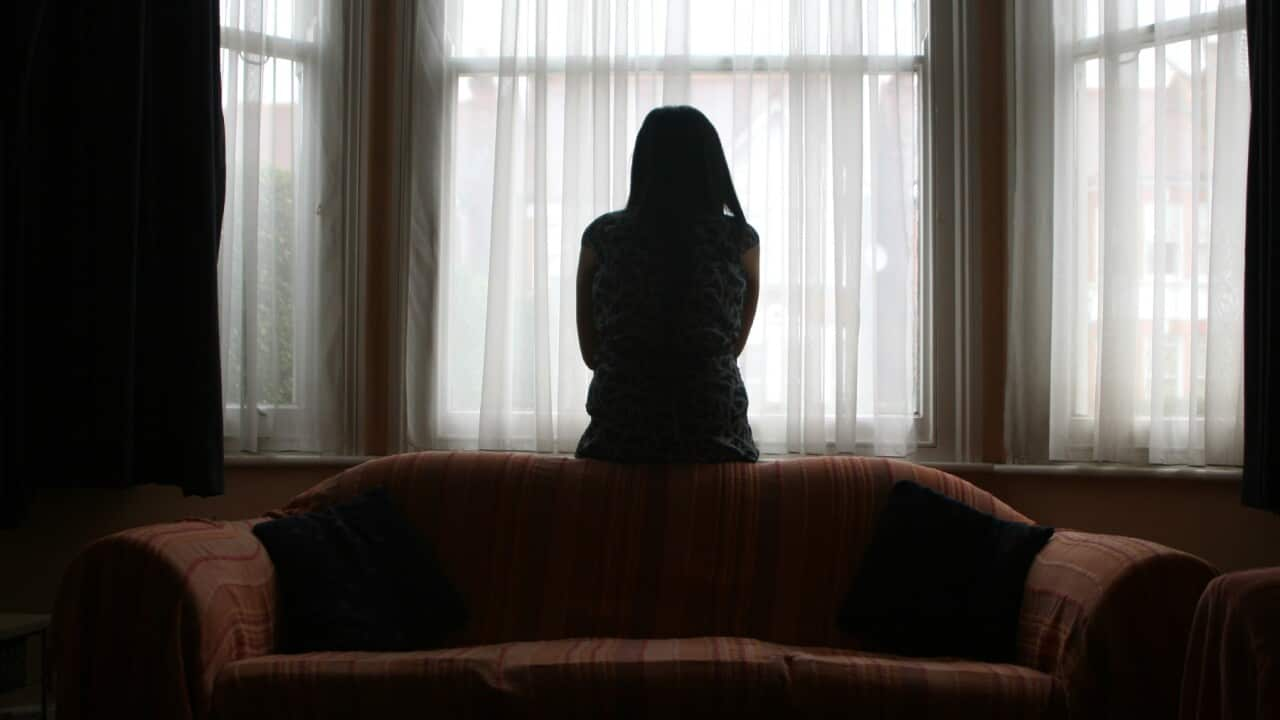The federal government has promised to support targeted domestic and family violence services for temporary migrants, women with disability and Indigenous women as they vow to do more to end all forms of violence against women and children.
Budget documents on Tuesday revealed the government plans to invest more than $998 million over four years in programs and services to reduce domestic, sexual and family violence, and support those who experience it.
The new measures, more than double the federal government’s current commitment of $340 million over three years, comes just months after the government’s treatment of women sparked widespread protests across the country.
But even with the massive boost in funding, women’s safety advocates have warned at least $1 billion in federal government support is needed per year to close the gaps in available services.
“One in four women experience violence from a current or former partner, this must stop,” Mr Frydenberg said from Canberra.
“We must do more to end all forms of violence against women and children.”
Almost $165 million of the new funding is earmarked for a two-year trial of ‘Escaping Violence Payments’ – a $5,000 payment to be made available to women and children escaping violence through frontline domestic and family violence services.
Under the trial, women will be able to access $1,500 in immediate cash and a further $3,500 for payments of goods, school fees, bonds, or other essential items.
A further $261 million will go towards establishing a national partnership with the states and territories to improve funding of frontline family violence services.
More than $29 million will go towards supporting migrant and refugee women experiencing violence through grass-roots programs, and economic and social supports.
A trial program allowing temporary migrants who are unable to access government welfare payments to access payments of up to $3,000 while fleeing violence will also be extended for a second year.
At least $26 million has been set aside over four years for targeted support for Aboriginal and Torres Straight Islander women and children. Another $9.3 million over three years will go towards the creation of web-based resources for women and girls with disability experiencing violence, as well as research into what specific supports are required.
The budget described the measures as part of the “government’s transitional strategy” as it prepares to replace the current national plan to reduce violence against women and children, which is set to end in 2022.
Hayley Foster, chief executive of Women’s Safety NSW, previously described the government’s promise to double their investment in the sector as a “good start” but called for a “four-fold increase” on the funding.
“This is about recognising the magnitude of this problem as the single biggest preventable driver of premature death, disability and illness in Australian women aged up to 45 years of age,” she said.
More than $92 million is also set to go towards preventing domestic, family, and sexual violence over four years. This includes funding for education on consent and respectful relationships and the extension of the ‘Stop it at the Start’ campaign.
The government was heavily criticised for its lack of female-focused measures in last year’s budget, despite women being among the hardest hit by the COVID-19 pandemic.
Tuesday’s budget revealed a deficit of $161 billion for this financial year, a $52.7 billion improvement on last year’s forecast.












